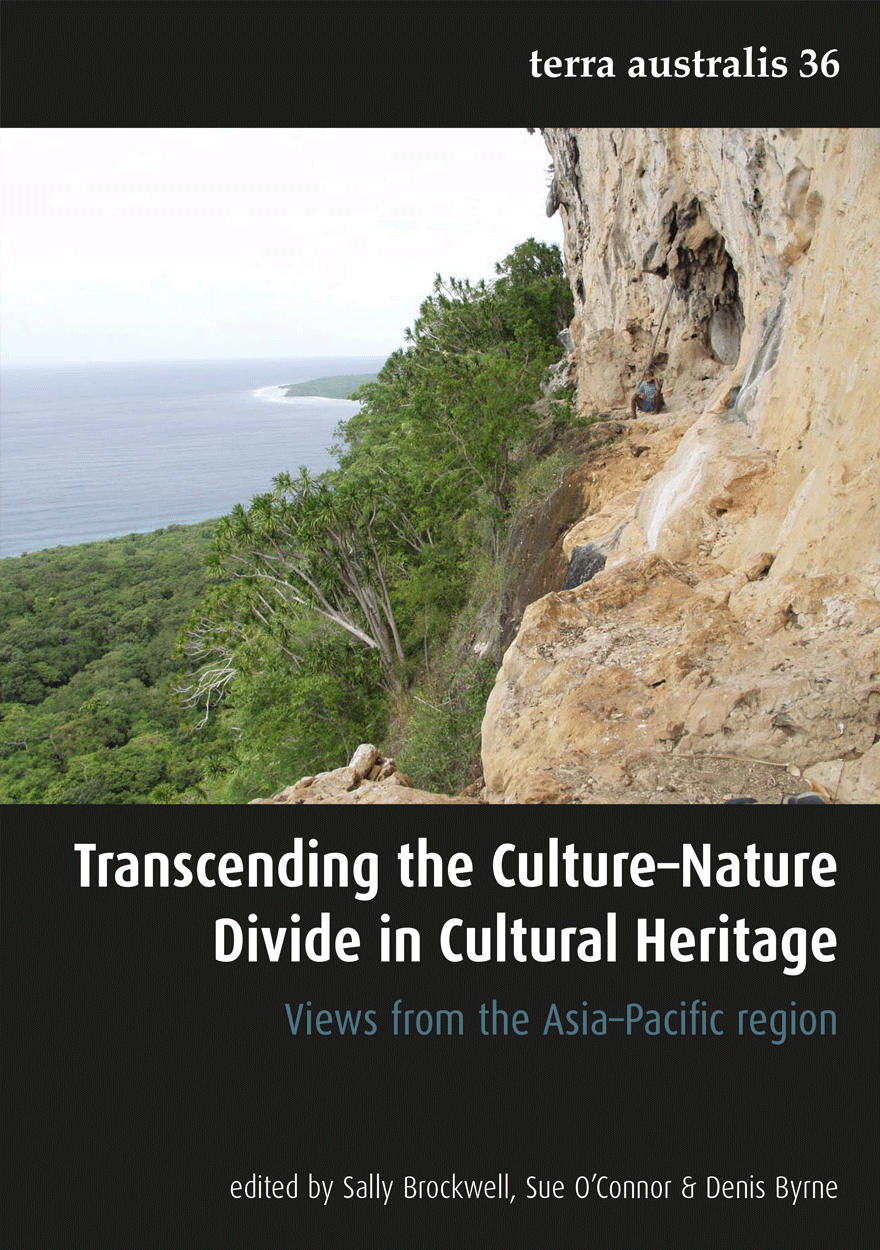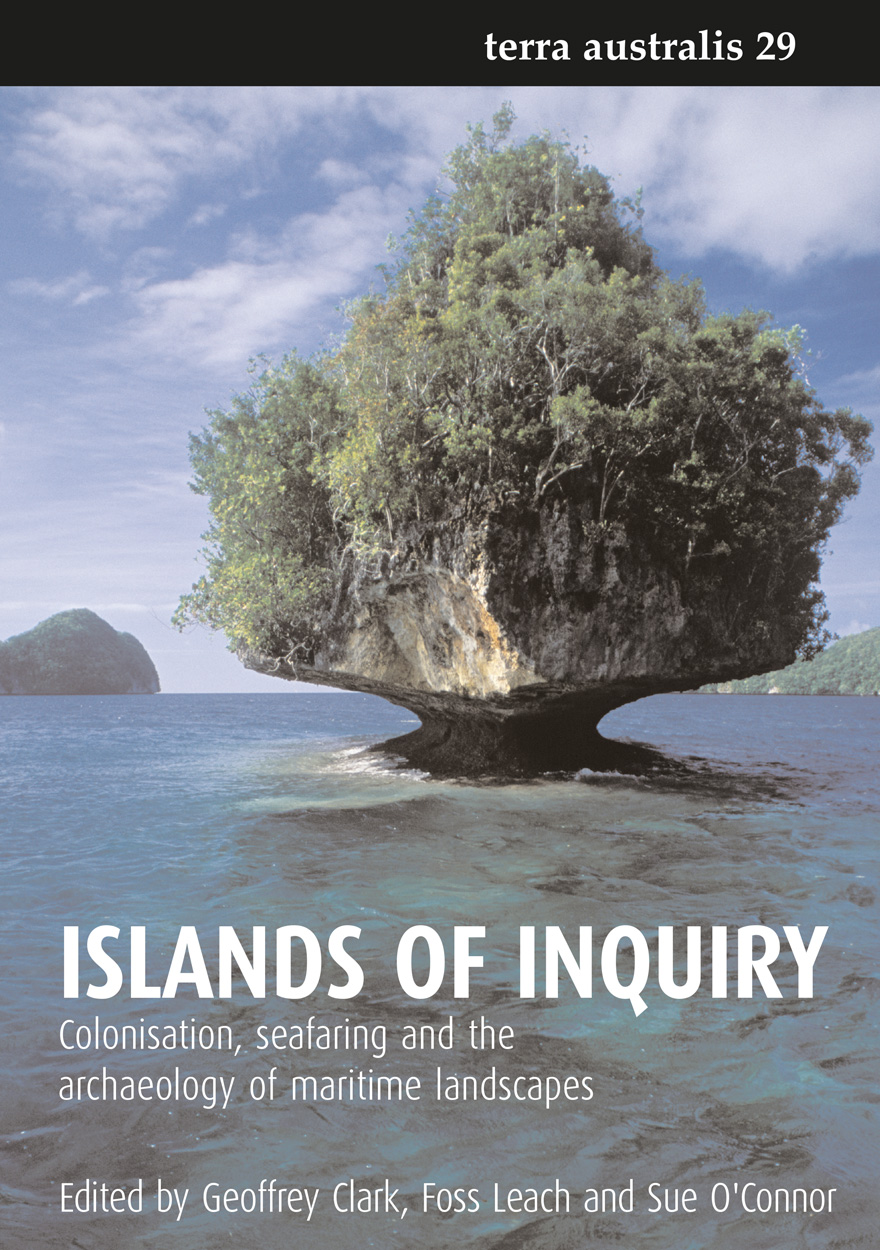Sue O'Connor
Sue O’Connor is a Distinguished Professor of Archaeology in the College of Asia and the Pacific at The Australian National University. She is a specialist in the archaeology of Island Southeast Asia, Australia and the Pacific, and over the past 40 years has carried out field campaigns and excavations in Indonesia, Timor-Leste, Australia and Papua New Guinea. She is a Fellow of the Australian Academy of the Humanities and has authored over 200 journal articles. Her co-edited books include East of Wallace’s Line: Studies of Past and Present Maritime Cultures of the Indo-Pacific Region (2000), The Archaeology of the Aru Islands, Eastern Indonesia (2005) and The Archaeology of Sulawesi: Current Research on the Pleistocene to the Historic Period (2018).

Forts and Fortification in Wallacea »
Archaeological and Ethnohistoric Investigations

The Archaeology of Sulawesi »
Current Research on the Pleistocene to the Historic Period

Transcending the Culture–Nature Divide in Cultural Heritage »
Views from the Asia–Pacific region

New Directions in Archaeological Science »

Islands of Inquiry »
Colonisation, seafaring and the archaeology of maritime landscapes




